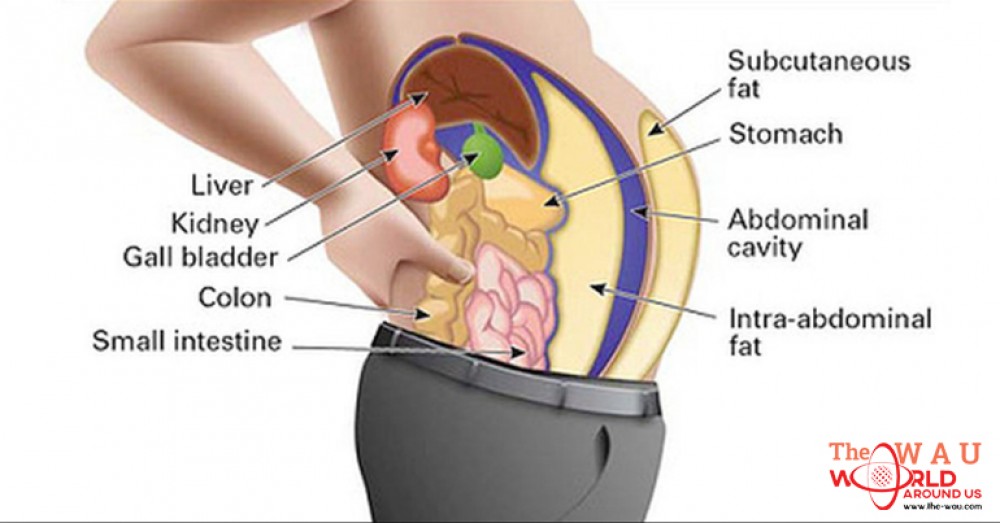You’ve probably noticed that excessive weight gain can lead to a plethora of health conditions, including diabetes, high blood pressure and heart disease. But did you know that your body also stores toxins in your fat? It’s true!
Why Your Body Stores Toxins In Fat Cells
Back in the 1980s the Environmental Protection Agency (EPA) conducted a program called the National Human Adipose Tissue Survey (NHATS).
They discovered that all human fat samples contained traces of Four industrial solvents and one dioxin. Nine more chemicals, including three more dioxins and one furan were found in more than 90 percent of the fat samples. And on average, 83 percent of the samples had PCBs.
What are dioxins?
Dioxins are a class of chemical contaminants that are formed during combustion processes such as waste incineration, forest fires, and backyard trash burning, as well as during some industrial processes such as paper pulp bleaching and herbicide manufacturing.
In order to prevent these toxins from roaming freely and damaging your organs, your body stores these toxins away in fat cells.
Two Types of Toxins
Toxins, like vitamins, can be divided into two categories:
Water-soluble toxins: which are easily flushed out of the body via the blood and kidneys.
Fat-soluble toxins: which must be converted by the liver to become water soluble (3).
Fat-soluble toxins include pesticides, preservatives, food additives, heavy metals, pollutants, plastics and other environmental chemicals.
Your First Line of Defense – Liver
The liver produces bile, a greenish-yellow fluid that is stored in the gallbladder. It is essential for digesting fats and for eliminating worn-out red blood cells and certain toxins from your body.
During digestion, the gut becomes selectively permeable so that the lymphatic system may pick up absorbed fats and carry them to the liver. Good fats then get turned into cholesterol, cell membranes, hormones, brain cells and skin cells.
Bad fats are processed and marked for elimination through bile, which is absorbed by insoluble fiber and exits the body as fecal matter or commonly known as poop.
This is the reason why eating diet high in dietary fiber is so important.
How Does The Lymphatic System Contribute?
Gut Associated Lymphatic Tissue (GALT), is the lymphatic tissue which surrounds the entire intestinal tract .

As mentioned above, this tissue absorbs and processes both nutritional and toxic fats from the digestive system and transports it into the lymphatic system.
For this process to work, both the digestive tissue and the lymphatic tissue must be healthy.
Here are a few signs of a congested GALT :
- Bloating
- Allergies
- Holding extra weight around your belly
- Hypersensitivities
- Skin irritations or itching
- Joint stiffness
- Swollen hands and feet
- Elimination concerns (constipation or diarrhea)
- Occasional headaches
Why Do Toxins Get Stored As Fat?
Normally, toxins that are absorbed into the lymph are neutralized by white blood cells in the lymph nodes. In the case of a congested lymphatic system or an unhealthy digestive system, the process is severely impaired and toxins make their way back to the liver.
...[ Continue to next page ]
Share This Post












